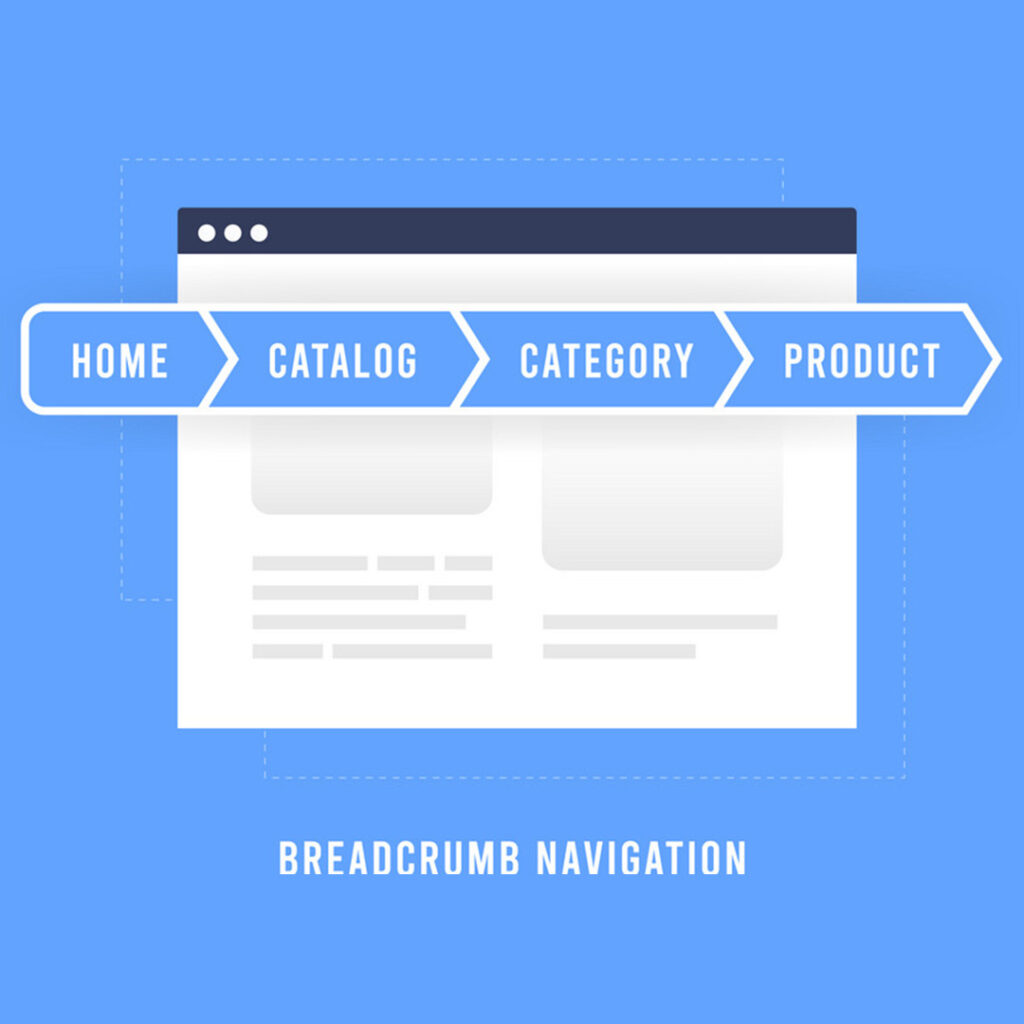A well-crafted digital marketing plan is essential for businesses to thrive in today’s competitive landscape. It’s a roadmap that guides your efforts, ensuring they align with your overall business objectives. Here’s how to start building yours.
1. Define Your Goals and Target Audience
- Set clear objectives: Determine what you want to achieve with your digital marketing efforts. Is it increasing website traffic, generating leads, boosting sales, or enhancing brand awareness?
- Identify your target audience: Create detailed buyer personas to understand your ideal customers’ needs, preferences, and behaviors.
2. Conduct a SWOT Analysis
- SWOT analysis: Evaluate your business’s Strengths, Weaknesses, Opportunities, and Threats to identify areas of focus and potential challenges.
3. Audit Your Current Digital Presence
- Website evaluation: Assess your website’s design, content, and user experience.
- Social media audit: Analyze your social media platforms, engagement, and audience.
- SEO assessment: Evaluate your website’s search engine optimization efforts.
4. Research Your Competitors
- Identify key competitors: Analyze their digital marketing strategies, strengths, and weaknesses.
- Benchmark your performance: Compare your efforts to your competitors’ to identify areas for improvement.
5. Choose Your Digital Marketing Channels
- Select relevant channels: Based on your target audience and goals, determine which channels to prioritize (e.g., SEO, social media, email marketing, paid advertising).
- Create a content calendar: Develop a content strategy that aligns with your target audience’s interests and needs.
6. Set Realistic KPIs and Budget
- Define key performance indicators (KPIs): Establish measurable goals to track your campaign’s success.
- Allocate a budget: Determine your marketing budget and allocate funds to different channels.
7. Create a Detailed Plan
- Outline your strategy: Develop a comprehensive plan outlining your objectives, target audience, channels, tactics, and timeline.
- Assign responsibilities: Determine who will be responsible for each aspect of the plan.
8. Test, Analyze, and Optimize
- Monitor performance: Track your campaigns’ progress and analyze the results.
- Make adjustments: Refine your strategy based on data and insights.
- Continuously optimize: Iterate and improve your digital marketing efforts over time.
A successful digital marketing plan is flexible and adaptable. The digital landscape is constantly evolving, so it’s essential to stay updated on the latest trends and technologies.







